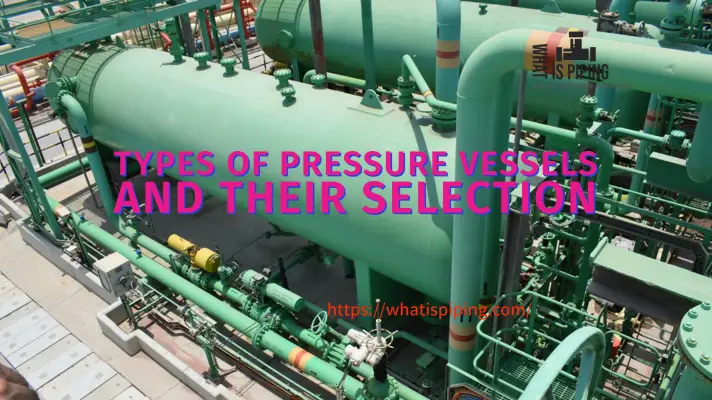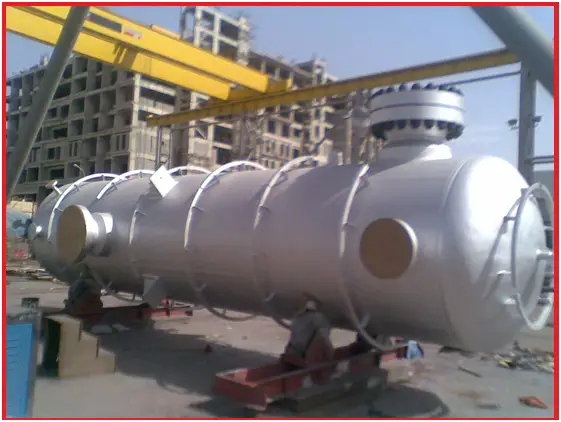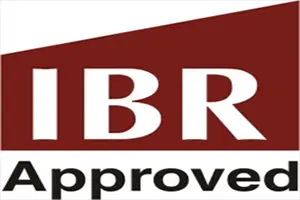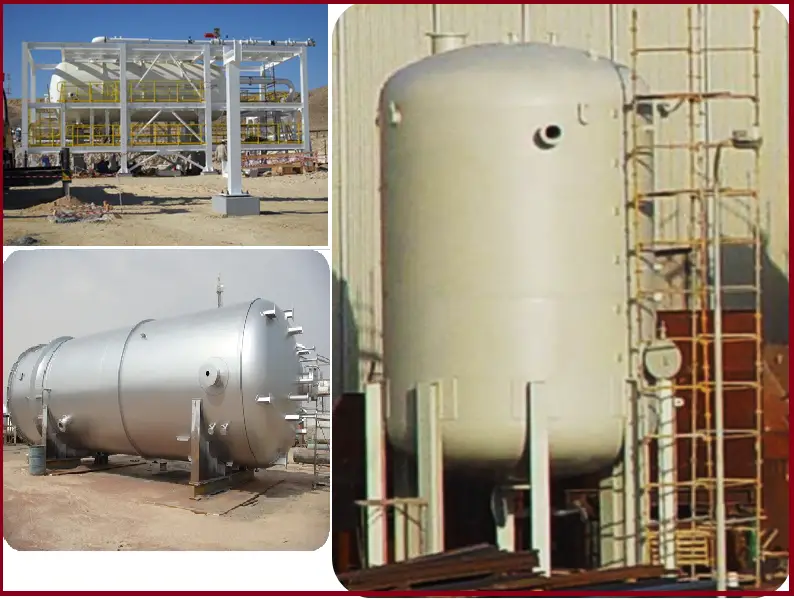The ASME Boiler and Pressure Vessel Code by the American Society of Mechanical Engineers is a universally-acknowledged code that stipulates a set of safety standards. The ASME code regulates the design, manufacture, inspection, installation, and testing of various equipment and parts like boilers, nuclear components, and other pressure vessels. ASME code is one of the most authoritative and widely accepted codes for EPC industries. Hence, ASME certification is synonymous with quality and safety. An ASME certification on any product means the product is manufactured to the highest safety and quality standards. Because of this, a large number of people rely on ASME certifications when they are using these components in applications.
Also, the ASME certification helps comply with regulations while also bringing trust in customers. More than 100 countries worldwide use ASME certifications as a way of meeting government safety regulations.
What is ASME Certification Mark?
The ASME Certification mark or stamp is provided on the product when they satisfy all the safety and quality checks in the ASME certification process. Depending on the exact application requirements, there are various kinds of ASME certification. The certification gives a competitive edge to the ASME certificate holder.
ASME Certification Process
To get ASME certification, a company has to go through a 6-month process to ensure every operation is compliant with the code and performed to the highest standards. The result is the ASME Certification Mark, which signifies that the product in question is manufactured from high-quality materials and is very safe to use.
There are four steps in the ASME certification process. They are:
- Preparation for the ASME Certification,
- Application for Certification
- Assessment, and
- Certification
Preparation for the ASME Certification:
The ASME accreditation/certification preparation stage consists of reviewing all the required information by the applicant. The ASME Certification applicants must have a proper understanding of the accreditation/certification program and Applicable forms, checklists, and associated fees. ASME suggests doing the following things prior to application submission:
- From the ASME’s website, collect and review relevant information about the desired certification program.
- Deciding work scope that requires ASME Certification.
- Obtaining required standards
- With an Authorized Inspection Agency (AIA), entering into an agreement by the applicable standard
- Preparation of the quality manual.
- Implementation of the quality program by training personnel.
Application:
Organizations seeking ASME accreditation/certification shall submit the proper application forms along with fees prior to receiving a review/survey date. The steps in this stage are as follows:
- The ASME certification applicants are required to create a CA Connect account.
- Next, He should download the CA Connect User Guide related to the application programs as per the following list:
- Authorized Inspection Agency (AIA),
- Nuclear Component (N-Type),
- Bioprocessing Equipment (BPE),
- Boiler and Pressure Vessel (BPV),
- Nuclear Material Organization (QSC),
- Reinforce Thermoset Plastic.
- Pressure Relief Devices Testing Lab (PRD),
- PRT Certification,
- Next, He should download the CA Connect User Guide pertaining to the QPS Program.
- Existing account holders need to ensure that the primary contact for the account is valid and correct and then follow CA Connect User Guide.
- The next step is to complete the relevant application and submit a signed Accreditation and Certification Agreement Form.
- Remit associated fees.
Assessment:
In this step, the applicant’s quality manual and the implementation of the quality program are assessed and thoroughly reviewed. Based on a review of the applicant’s intended scope of activities mentioned in the ASME certification application, the extent of assessment is determined by ASME.
The ASME certification assessment ensures that the applicant’s quality program is adequately implemented and complies with the requirements in the associated ASME standard. Once, the assessment process completes, the review/survey team leader will submit a written assessment report to ASME.
Certification:
This is the final step of the ASME certification process. ASME grants the certificate when the applicant successfully demonstrates the quality program implementation to the ASME survey/review team. Once ASME reviews the report submitted by the review/survey team, they will either authorize the certificate issuance or request additional action by the applicant. Certificate holders may request changes to their certificate(s) after the certificate is issued.
Types of ASME Certification
The following types of ASME certifications programs are available:
- Bioprocessing Equipment (BPE) Certification,
- Boiler and Pressure Vessel (BPV) Certification,
- Boiler and Pressure Vessel (BPV) Parts Certification,
- Nuclear Component (N-Type) Certification,
- Nuclear Material Organization (QSC) Certification,
- Nuclear Quality Assurance (QSC) Certification,
- Pressure Relief Devices Testing Lab (PRD),
- PRT Certification,
- Personnel Certification
There are two types of ASME accreditation programs available as mentioned below:
- Authorized Inspection Agency (AIA) Accreditation, and
- PRD Testing Lab Accreditation.
Each of the above-mentioned ASME certification/accreditation lists has different requirements and fees based on the type of program. Further details about these ASME certification programs can be found here.
References and Further Studies
Kindly refer to the following to know more details about the ASME certification process.









muchas gracias Anup!
con la bendición de Dios estaremos certificándonos algún día, es una meta que tengo trazada.